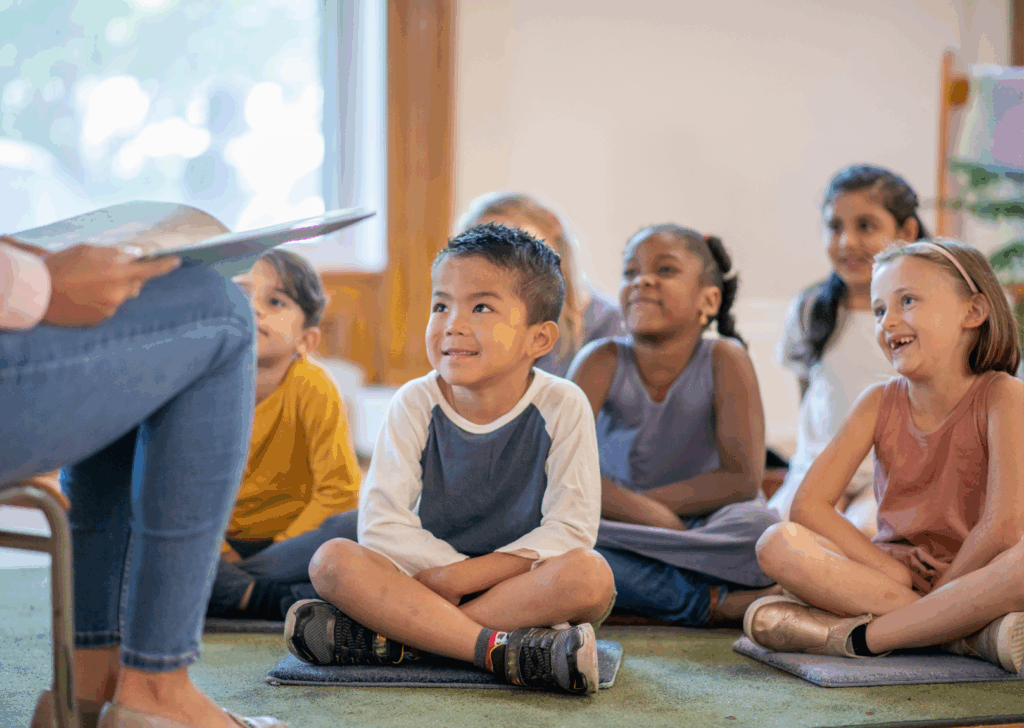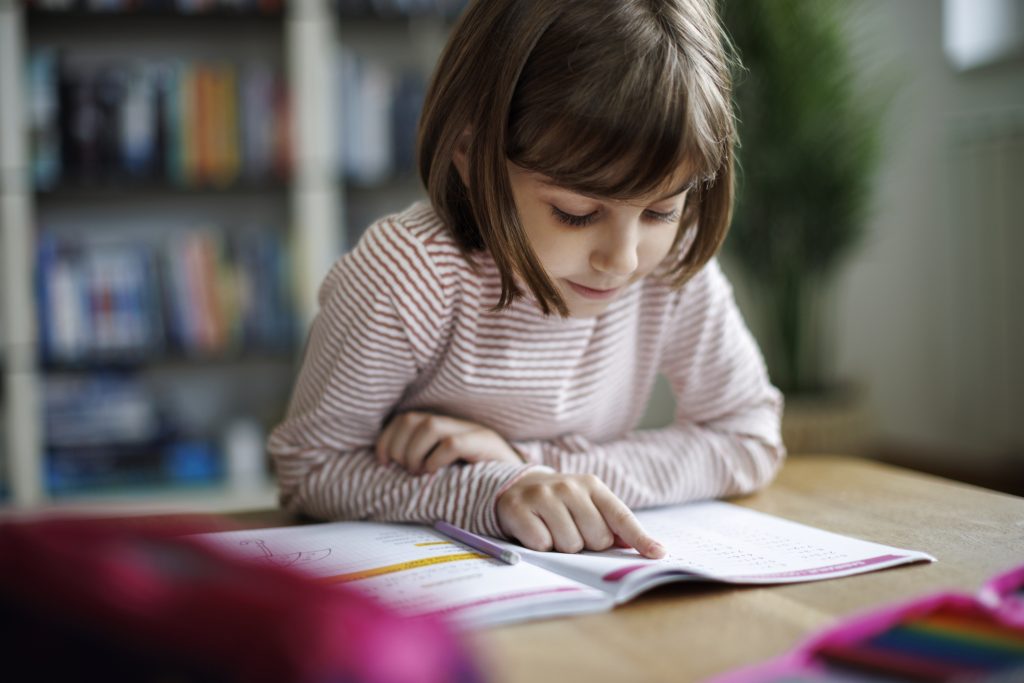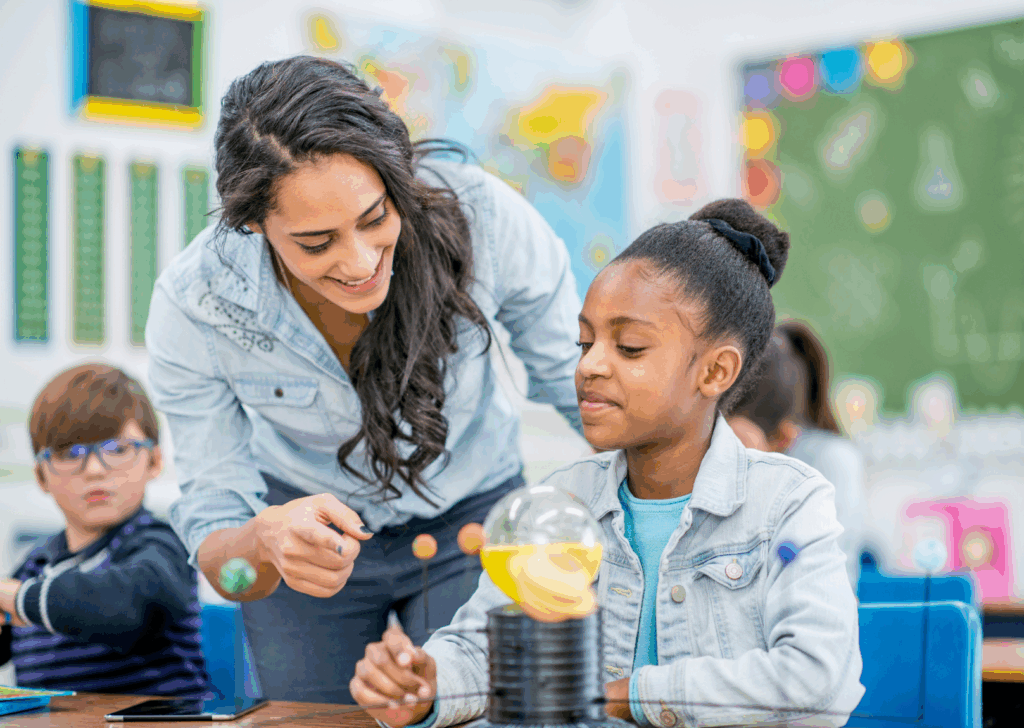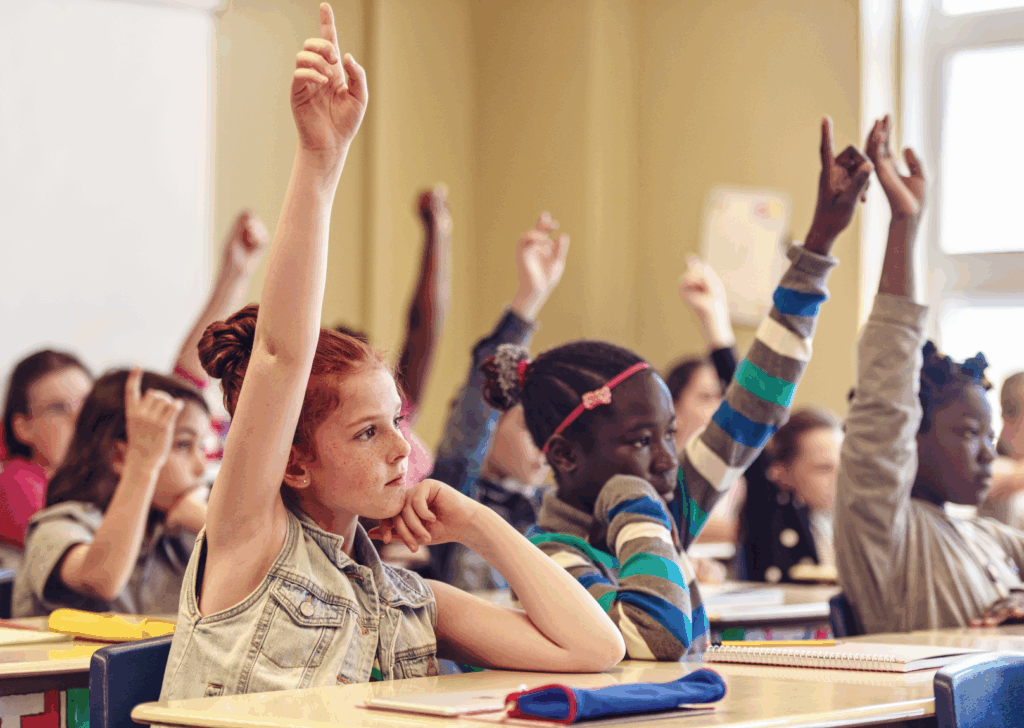Welcome to the Reading Research Recap!
I am Dr. Neena Saha, Research Advisor at MetaMetrics. My focus is bridging the research-practice gap so that you can access useful resources that support reading success, expand awareness of the latest reading research, and inform your teaching and learning strategies. This monthly compendium offers the most relevant and must-read research impacting the reading and learning landscape, including easy-to-view digestible highlights. We want the data and findings to be as useful to you as possible, so please do connect with me with any ideas and comments for next month. Enjoy the latest Reading Research Recap!
Deep Dive: Moving Bodies, Growing Readers – What’s the Connection?
This month we’re exploring a fascinating new meta-analysis that examines how physical activity might boost early reading and spelling skills – and importantly, how the way we integrate movement matters.
Methods
The researchers conducted a comprehensive search across six major databases (PubMed, Web of Science, PsychINFO, and others) to find relevant studies. They identified 23 studies that met their criteria, which they then divided into two categories based on how physical activity was integrated with learning:
- High-integration interventions: Where movement directly connects to learning content (like having students physically form letter shapes with their bodies before practicing them verbally)
- Low-integration interventions: Where physical activity happens separately from learning (think regular PE class or recess breaks between lessons)
What they found
High-integration activities showed positive results (effect size g = 0.69), with 8 out of 13 studies reporting significant improvements in reading and spelling. Meanwhile, keeping movement separate from learning (low-integration) barely moved the needle (g = 0.03), with only 2 out of 10 studies showing benefits.
But how does it work?
We don’t really know, but there are a few theories:
- First, there’s the “enactment effect” – which suggests that using multiple senses (movement, sight, sound) makes learning stick better through multisensory processing (e.g., de Koning & Tabbers, 2011).
- Second, according to cognitive load theory (Geary, 2008), our motor system might serve as a foundation for learning more complex tasks.
- Finally, physical activity triggers immediate biological responses – from increased blood flow to the brain to the release of growth factors (Ferris et al., 2007; Skriver et al., 2014) – that may enhance attention and learning. Research by Ma et al. (2015) showed that even brief four-minute movement sessions can boost children’s attention. (though it is important to note that might not be the mechanism at play in these studies as the movement was probably not rigorous enough to release catecholamines).
Take-home message & practical implications
It’s not just about getting kids moving – it’s about thoughtfully weaving movement into the learning process itself. While we need more research to fully understand the specifics, this study suggests that connecting physical activity directly to learning tasks could boost early reading skills.
Key quote
“Despite the limited number of studies and the significant heterogeneity, particularly within the high integration group, our findings suggest that incorporating physical activity into learning tasks can be a promising strategy to enhance reading and spelling development in children.”
Additional research of interest
Teacher professional development, training, education policy
- A National Survey of Teachers on Early Literacy: Assessing Nigerian Reading Teachers’ Knowledge, Perception and Practices on Reading Instruction
- AJLD EMINENT RESEARCHER AWARD WINNER 2024: The rise and demise of reading recovery in New Zealand (Open Access)
- What Language Should We Use When Talking About Children With Specific Learning Disorders? A Study Exploring the Preference of Australian Parents, Professionals and Adults Who Have a Specific Learning Disorder (Open Access)
- Fine-Tuning Pre-Service Teachers’ Instruction: Development and Validation of an Observation Protocol to Assess Literacy
- Exploring K-3 Teachers’ Perspectives of Effective Resources and Strategies Used to Close Student Learning Gaps in Reading (Dissertation, not yet peer-reviewed)
Word recognition, decoding, morphology, foundational skills, etc.
- Piloting an approach to family-implemented decoding instruction for kindergarten-aged children
- Word spelling in monolingual and bilingual children with developmental language disorder (Open Access!)
- Towards a Consensus for Dyslexia Practice: Findings of a Delphi Study on Assessment and Identification (Open Access!)
- Tutoring Young Children at Risk of Developing Reading Difficulties: Effects of an Early Tutoring Intervention on Literacy Skills and Executive Functions (Open Access)
- Statistical learning as a buffer: Investigating its impact on the link between home environment and reading achievement (Open Access)
- Effects of morphological awareness, naming speed, and phonological awareness on reading skills from Grade 3 to Grade 5
- Using Decoding Measures to Identify Reading Difficulties: A Meta-analysis on English as a First Language Learners and English Language Learners
- Investigating Reading Enjoyment in Adults With Dyslexia (Open Access!)
- Phonological decoding ability is associated with fiber density of the left arcuate fasciculus longitudinally across reading development (Open Access!)
Fluency
- What’s in a Word? Analyzing Students’ Oral Reading Fluency to Inform Instructional Decision-Making (Open Access!)
- The Growth Trajectories of Oral and Silent Word Reading Fluency Before and After COVID-19 (Open Access!)
- The Relation Between Prosody and Reading Outcomes: Understanding the Role of Phrasing for Typically Developing Students and Students with Autism (Open Access!)
- Synchronous Paired Oral Reading Techniques: Supporting Developing Readers in Connected Text
Reading and language comprehension
- The Longitudinal Pathways Linking SES to Reading Comprehension
- Achievement goal profiles and reading-related outcomes in elementary students with and without reading difficulties
- Impact of a Content-Rich Literacy Curriculum on Kindergarteners’ Vocabulary,
- Listening Comprehension, and Content Knowledge (open access)
- Text-based discussion interactions and engagement with three different text types
- Insights Into Multilingual Students to Capitalize on Their Language Knowledge
- Blueprint for a Universal Theory of Learning to Read: The Combinatorial Model
- The Mostly White World of Teacher Read Alouds: An Analysis of Fifth Grade Texts
Subscribe to Our Monthly Newsletter
Stay up-to-date with the latest updates, insights, and announcements from MetaMetrics and our partners.
Sign-up now





